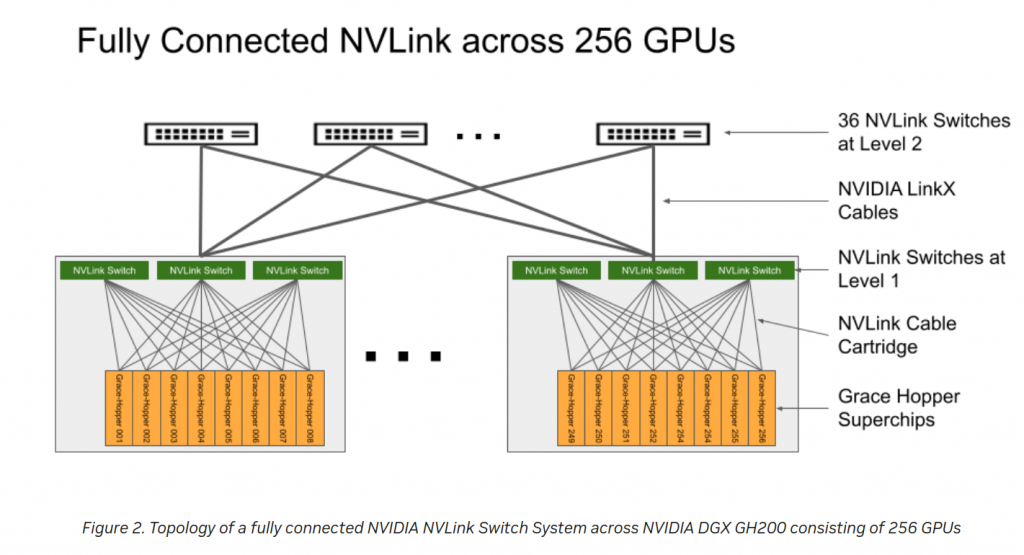Last weekend made some vegan desserts for a friend. This recipe was really good. Much better than I expected.
Ingredients:
Base:
- 350g vegan biscuits (ie Lotus Biscoff)
- 2 tbsp cocoa powder
- 1 tbsp plain flour
- 1 tbsp maple syrup
- 170g margarine + extra for greasing
Filling:
- 2x400g can coconut milk, CHILLED!!!
- 200g dark chocolate
- 1 tbsp maple syrup
Process:
- Pre-heat oven at 200C.
- Crush biscuits to crumbs (I used my food processor).
- Add the cocoa powder, flour, syrup and margarine to the biscuits. Mix and create a dough.
- Butter with margarine the bottom of a 23cm aprox tart tin.
- Spread the biscuit dough into the the tin. Press it carefully so it is thick and consistent.
- Bake in the oven for 10-12 minutes. Then let it cool, VERY IMPORTANT!!!
- Make the filling. Open the coconut cans (I put them in the freezer for a bit). They should have separated the coconut water from the cococut cream. Make a hole with a knife and save the water. You can use it later for cereals or drink it directly.
- Put the solid coconut cream in a bowl and move to the next step
- Melt the chocolate using bain-marie or microwave.
- Add the melted chocolate and syrup to the coconut cream. And whisk until fully combined.
- Pour the filling over the base ONLY if the base is properly cool down. Spread it evenly and put it in the fridge for at least 3-4 hours to set.
- Optional you can decorate the top with fresh red berries.
This is the result. Very tasty and not very sugary.





